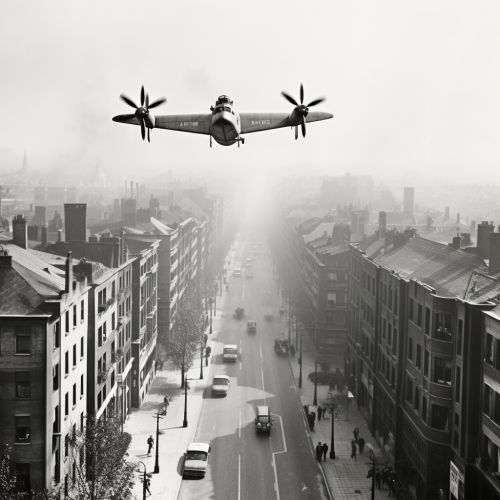Berlin Blockade
Introduction
The Berlin Blockade was a major international crisis that took place from June 24, 1948, to May 12, 1949. It was one of the first significant clashes in the Cold War between the Soviet Union and the Western Allies. The blockade was an attempt by the Soviets to limit the ability of France, Great Britain, and the United States to travel to their sectors of Berlin, which lay within Russian-occupied East Germany.


Background
After the end of World War II, Germany was divided into four occupation zones, each controlled by one of the Allied Powers. The city of Berlin, although located entirely within the Soviet zone, was also divided into four sectors. The division of Berlin was a source of contention among the Allies, leading to a breakdown in relations and the eventual partition of Germany and Berlin.
The Blockade
In June 1948, the Soviet Union blocked all ground access to West Berlin, effectively isolating the city from the rest of West Germany. This was in response to the introduction of a new currency in the western zones, which the Soviets saw as a threat to their influence in Germany. The blockade was enforced through a series of road, rail, and canal blockades, preventing the delivery of food, fuel, and other essential supplies to West Berlin.
The Airlift
In response to the blockade, the Western Allies initiated the Berlin Airlift, a massive operation to supply the city by air. Over the course of 11 months, more than 2 million tons of supplies were flown into West Berlin, in what was one of the largest and most ambitious humanitarian relief operations in history.
End of the Blockade
The blockade was lifted in May 1949, after the Western Allies demonstrated that they could sustain the airlift indefinitely. The end of the blockade marked a significant victory for the Western Allies, and set the stage for the formal division of Germany into East and West.
Aftermath
The blockade and airlift had far-reaching consequences for the Cold War, solidifying the division of Europe into Eastern and Western blocs. The event also led to the creation of the North Atlantic Treaty Organization (NATO) and the Federal Republic of Germany, marking the beginning of the long-term military and political alliance between the United States and Western Europe.
